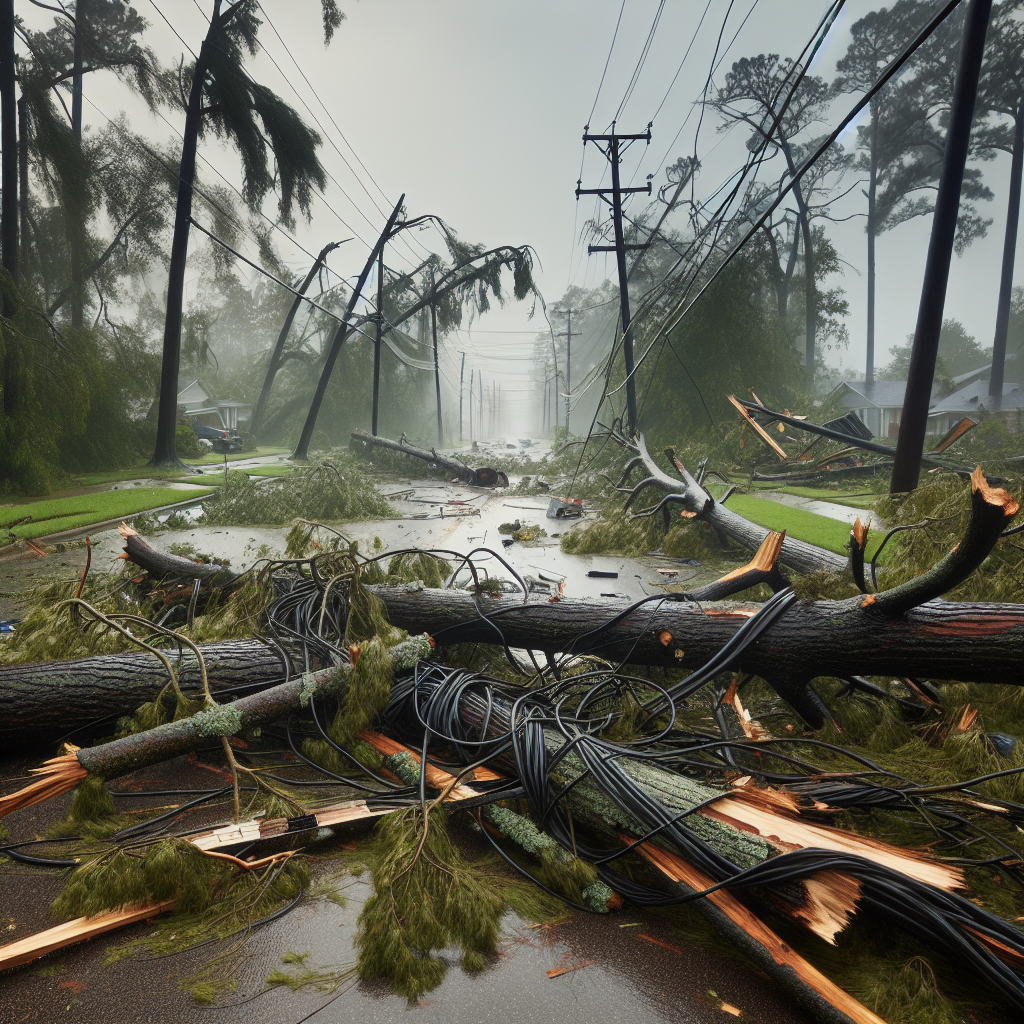High Winds and Tree Damage: Unraveling the Electric Grid’s Achille’s Heel
In an era where electricity is the lifeblood of modern society, understanding the vulnerabilities of our power infrastructure is crucial. Among the various threats, high winds and tree-related damage stand out as significant disruptors. This blog post delves into how these environmental factors impact the electric grid, the reasons behind their destructive potential, and what steps can be taken to mitigate these challenges.
The Invisible Threat of High Winds
High winds are a formidable natural force that can cause widespread damage to the electric grid. When winds reach speeds that can topple trees or break branches, the cascading effects on power lines can lead to significant outages. The physics behind this is straightforward: strong winds apply force to trees, which can then fall onto power lines, causing breakage or creating short circuits.
Tree Damage and Its Domino Effect
Trees play a dual role in both beautifying our environment and posing risks to our infrastructure. When trees or their limbs fall due to high winds, they often bring down power lines with them. This not only causes immediate power loss but also poses dangers such as fires and electrical hazards. According to the [U.S. Energy Information Administration](https://www.eia.gov), tree-related outages are among the top causes of power disruptions in the United States.
Mitigation Strategies: A Proactive Approach
To protect the electric grid from these natural threats, utility companies must adopt proactive strategies. Regular tree trimming and vegetation management are essential to reduce the risk of trees interfering with power lines. Incorporating advanced technologies, such as weather prediction and satellite monitoring, can help in anticipating and responding to potential threats more efficiently.
Moreover, investing in grid modernization, such as underground power lines and smart grid technology, can significantly enhance resilience. For instance, underground cables are less susceptible to weather-related damage, though they come with higher initial costs.
Conclusion: A Call for Innovation and Investment
The battle between nature’s forces and our electric grid is ongoing. As climate change intensifies weather patterns, the frequency and severity of high winds are expected to increase, necessitating a robust response from utility providers and policymakers alike. By investing in modern infrastructure and employing cutting-edge technology, we can fortify our grids against the inevitable challenges posed by high winds and tree damage.
Ultimately, the future of our electric grid depends on our ability to innovate and adapt. As we strive to build more resilient systems, collaboration between engineers, environmental scientists, and policymakers will be key to ensuring reliable electricity for all.
For further reading on grid modernization and resiliency strategies, visit the [U.S. Department of Energy’s Office of Electricity](https://www.energy.gov/oe/office-electricity).
